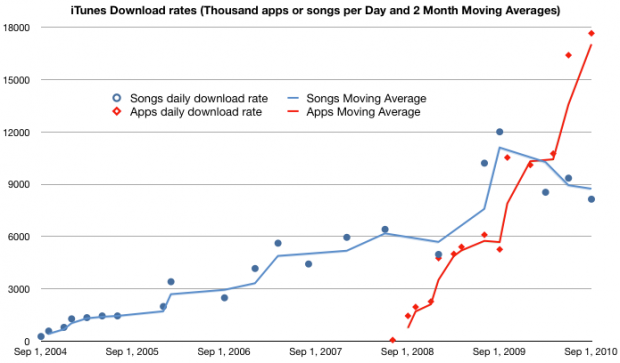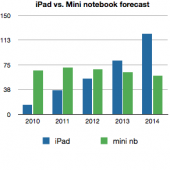The cellphone maker will unveil its new flagship model E7, which comes with a large touchscreen and full keyboard, at the show in London, two sources with direct knowledge of Nokia’s plans told Reuters.
via PREVIEW-Nokia bets on new smartphones for recovery | Reuters.
Analysts have been saying that Nokia has one last chance to fix (software, UI, strategy, etc.) for some time now.
Nokia sold 24 million smartphone units sold in Q2 which represented significant growth. Sales and Profits however were both down but to say that Nokia is facing imminent demise is misguided.
How is Nokia able to sell so many units when its portfolio elicits so much pathos?
The reason Nokia can still coast with poor products is that they have a vast distribution network. I don’t know the exact distribution but let’s assume that half their phones go through carriers and half through distributors who resell unlocked phones world-wide. Carriers will continue to carry the phones because they slot into well-established portfolio slots and distributors will continue to distribute because the product is competitive in markets where there are no other unlocked smartphones at the same price.
So predicting imminent failure without taking into account distribution inertia is showing a lack of understanding of the market. The same insensitivity to distribution is why so many predictions of Microsoft’s “death” or RIM’s “death” fail.
The less sensational but more accurate description of Nokia’s predicament is that their strength in distribution prevents them from reforming their business model in order to benefit from the disruption that mobile broadband is bringing to mobile telecommunications.
That’s a mouthful.


